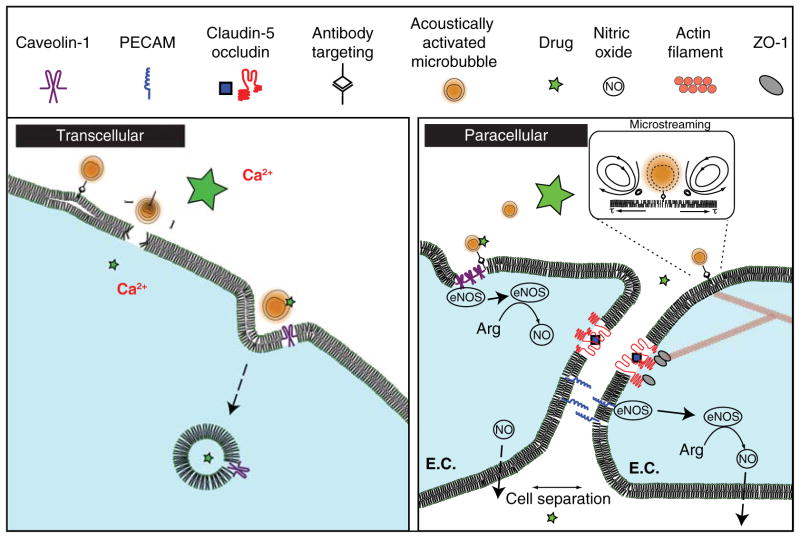Figure 2. An overview of some proposed mechanisms for transcellular and paracellular ultrasound-mediated drug delivery.
Transcellular: as a result of bubble-induced shear stress along the cell membrane, extracellular drugs can undergo caveolin-1-mediated endocytosis. Additionally, sonoporation can create ‘holes’ in the cell membrane facilitating influx of ions or drugs. Paracellular: shear stress from cavitation-induced microstreaming can cause caveolin-1 to detach from endothelial nitric oxide synthase (eNOS). Here, it converts arginine to nitric oxide, stimulating vasodilation and possible paracellular permeability. Alternatively, this shear stress deforms the actin cytoskeleton, which can cause conformational changes and breakdown of tight junction proteins (ZO-1, occludin).

